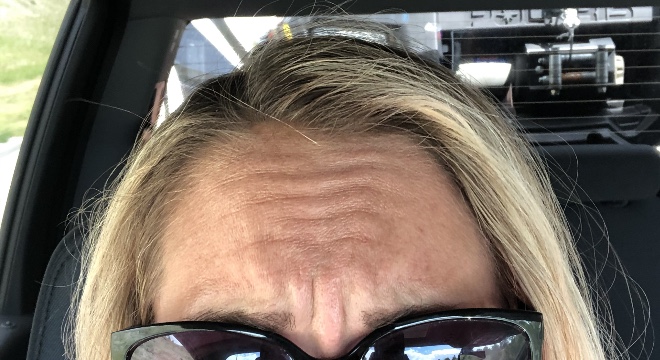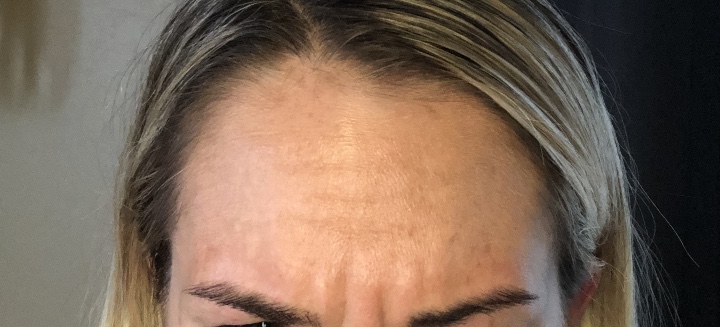
Vitality has a FULL LINE of the HIGHEST GRADE MEDICAL INJECTABLES to meet EVERY NEED!
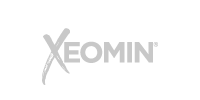
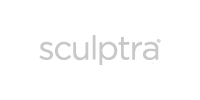
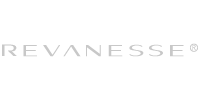



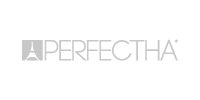
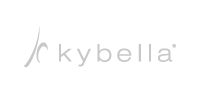

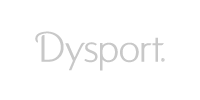
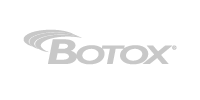

All of our injectable services
Schedule a consultation to find out which is best for you!
- Crow’s Feet Options
- Breast Enhancement
- Cheekbone Enhancement
- Chin Definition Treatment
- Chin Fat Removal
- Deep Wrinkle Treatments
- Dermal Filler Options
- Dermal Fillers
- Excess Sweating Treatments
- Facial Accentuation Procedures
- Facial Threads
- Fine Wrinkle Treatment
- Gummy Smile Repair
- Labia Enhancement
- Men’s Jawline Procedure
- Men’s Testicular Enhancement
- Men’s Dermal Fillers
- Men’s Face Lift
- Men’s Botox
- Men’s Penis Enhancement Procedure
- Men’s Balding Treatments
- Mesotherapy for Aesthetics
- Mesotherapy Cellulite Reduction
- Migraine Treatment
- Non-Surgical Chin Lift
- Non-Surgical Face Lift Options
- PDO Threads
- PRP for Aesthetics
- PRP for Acne Scars
- PRP for Cartilage Regrowth
- PRP for Cellulite Removal
- PRP for Hair Regrowth
- PRP Facial
- PRP for Injury Healing
- PRP for Scar Removal
- PRP for Jaw Pain
- PRP for Knee Pain
- PRP for Localized Pain
- PRP for Shoulder Pain
- PRP for Stretch Mark Removal
- Scar Removal
- Stem Cell Therapy VS. PRP
- Stem Cell Therapy for Pain
- Stretch Mark Removal
PDO Threading
PDO Threading Procedure – Information
What are PDO Threads?
Thread lifting is not a new concept. It was first developed in 1999 by Dr. Sulamanidze in Russia. Contour threads of similar make up were introduced in the US in the early 2000’s. PDO sutures have over 30 years of safety use in Cardiothoracic, Plastic, OB Gyn, and Trauma surgical procedures. This material (polydioxanon) is highly flexible, elastic, strong, and absorbable. It is hydrophobic (does not absorb water) so swelling is kept to a minimum. Gradually over 4-6 months, the suture is degraded by the body’s immune system and replaced with collagen. Patients with immune system diseases, on immunosuppressants, or smokers are not good candidates for threads.
PDO Threads are needles that are pre-loaded with a PDO (Polydioxanone) thread, or absorbable sutures. Polydioxanone is a biodegradable polymer frequently used in medical devices and can be fully absorbed by the body and does not create any scar tissue. The PDO thread is then injected at the subdermal level where they instantly begin to tighten and lift the skin. As the threads are being dissolved, usually taking 4-6 months, they stimulate collagen growth which helps lift the face
PDO Threads can provide lift in two different directions, giving a more three-dimensional effect.
There are 4 design variants of the PDO Threads:
- Smooth threads: these are used in areas where collagen stimulation (dermal thickening) is needed. Often they are placed in a cross-hatched pattern. They are commonly placed in areas of superficial wrinkles or crepey skin. Common areas used are: cheeks, neck, marionette lines, glabella, temples, forehead, lip lines, lips.
- Twisted threads: these are smooth threads which are coiled. They give more collagen production than the smooth. These are used mainly in the nasolabial folds and marionette areas.
- Single Barbed threads: these threads have barb on them (cut with a laser) to lift and tighten sagging skin. Once they are placed, the physician runs his hand over the thread to engage the barbs to help pull the skin up or back. The ideal areas for these threads are the mid/lower face, jowls, and upper neck. Keep in mind these can be used anywhere on the body and some physicians are using these in the knee area, chest, and breast area. As the body breaks the PDO down, it replaces it with collagen.
- Double Barbed threads: similar to the single barbs but they have 2 sets of barbs going in opposite directions. They are placed slightly differently and require an exit point as well. Once the suture is in position and engaged, both ends are cut at the level just below the skin. These are used in similar areas as the single barbed threads when cheek fullness is desired or additional lifting is needed.
Where Can PDO Threads Be Used?
PDO Threads are designed to be used almost anywhere in the body, but the greatest results have been seen in the jaw and neck, particularly because there aren’t many minimally invasive procedures for the jaw and neck.
- They can be used to achieve lifting in the cheeks, around the lips, or anywhere a loss in volume has occurred.
Dermal fillers and other nonsurgical techniques are commonly used in conjunction with PDO Threads to enhance the effects and create longer lasting results.
Before
After
